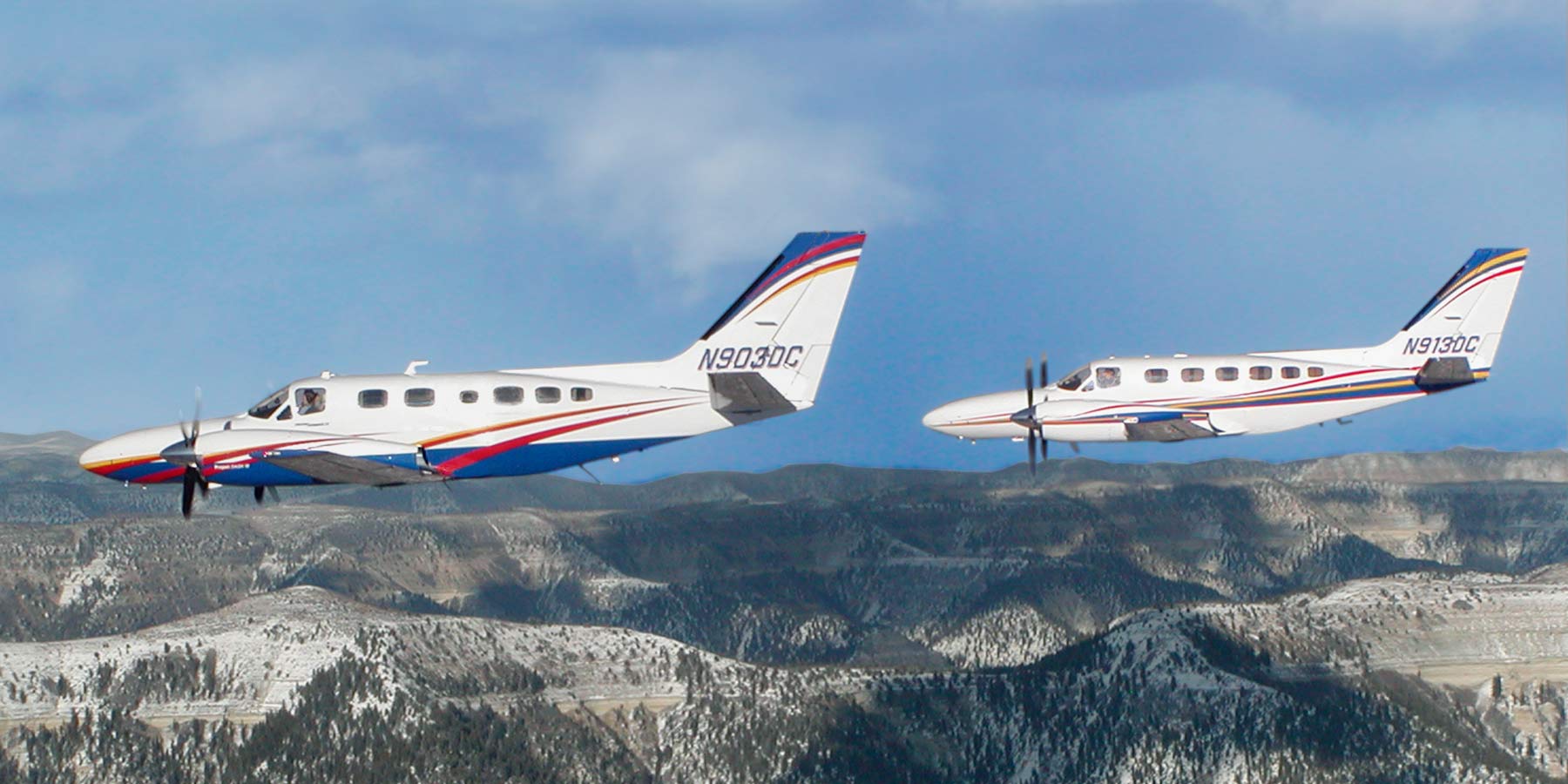Being a pilot for one of our air ambulances is no easy task. All of our pilots go through years of certifications, training and medical exams so they can feel safe, prepared and confident when transporting you or your loved one to a hospital. But you can’t just start out as an air ambulance pilot. The road to becoming an air ambulance pilot is a long but rewarding career path for our pilots.
Private Pilot License
The first step to any pilot’s journey is to obtain a private pilot license. To get this license, the person must be 17 years old and be able to read, write and speak fluent English. This certification requires the third-class FAA medical certificate. This certificate evaluates the medical condition of the person trying to obtain the license. Additionally, this certificate requires applicants to pass a written and practical test.
Commercial Pilot
A commercial pilot license is used to fly passenger and cargo. All major airline pilots are required to have the commercial pilot certification. To get this certification, you must be at least 23 (18 to apply), and have logged 1,500 hours of flight time already through your private pilot’s license. Part of this certification includes passing the Federal Aviation Administration (FAA) practical test. This is a two-part exam which includes a written exam and practical exam where applicants’ flying skills are put to the test.
Multi-Engine Rating
Before a pilot can work on a major airline, the pilot must get their multi-engine rating. Usually pilots that are pursuing this rating will already have their private pilot or commercial pilot certification. Because this rating is an addition to the previous certifications, there is no written exam required for this rating. However, there is a practical exam where applicants must know the ins and outs of a multi-engine aircraft, including how to maneuver when one engine goes down and how to land and take off.
Instrument Rating
Like the multi-engine rating, an instrument rating is an addition to either a private or commercial license. An instrument rating is additional training on the weather, the cockpit, and instruments in an aircraft. To get this rating, applicants must pass a written and practical test. The applicants are further trained in maneuvering a plane through different types of weather.
ATP Rating
All of our pilots at Rico Aviation are required to have the ATP rating, which is highest level of aircraft pilot rating in the United States. These pilots are required to have all of the above ratings and certifications. Additionally, pilots with an ATP rating have to have a first-class FAA medical certificate. Achieving this rating includes taking and passing a written and practical test, as well as logging flight and simulation hours. This rating is considered the most prestigious rating a pilot can get.
Conclusion
As you can see, it is no easy task being a pilot for Rico Aviation. Our pilots go through all of these certifications and ratings in order to provide you with the safest and reliable care possible. If you’re interested in learning more about what it takes to be a pilot at any level, visit https://www.faa.gov/ to learn more.

